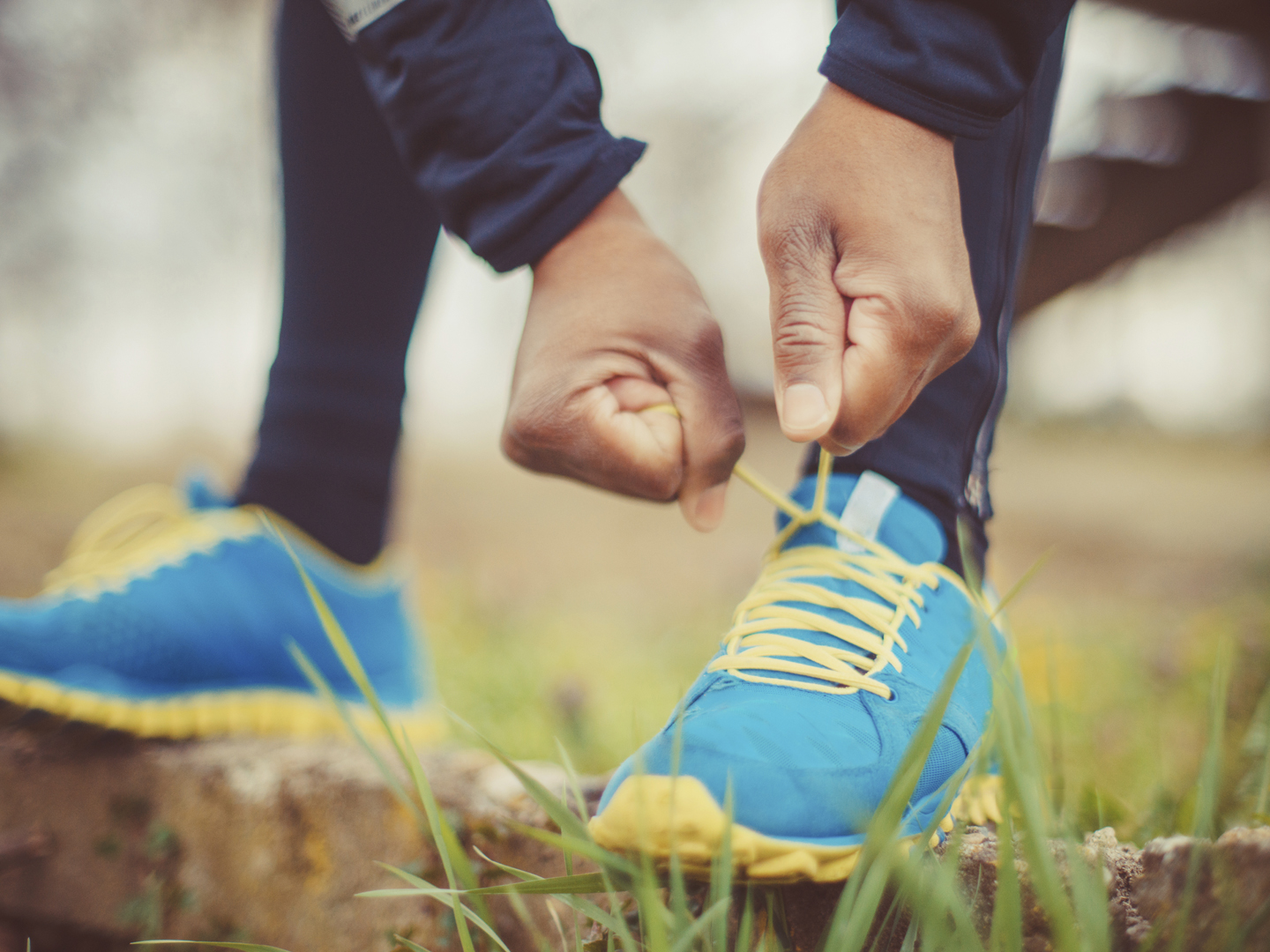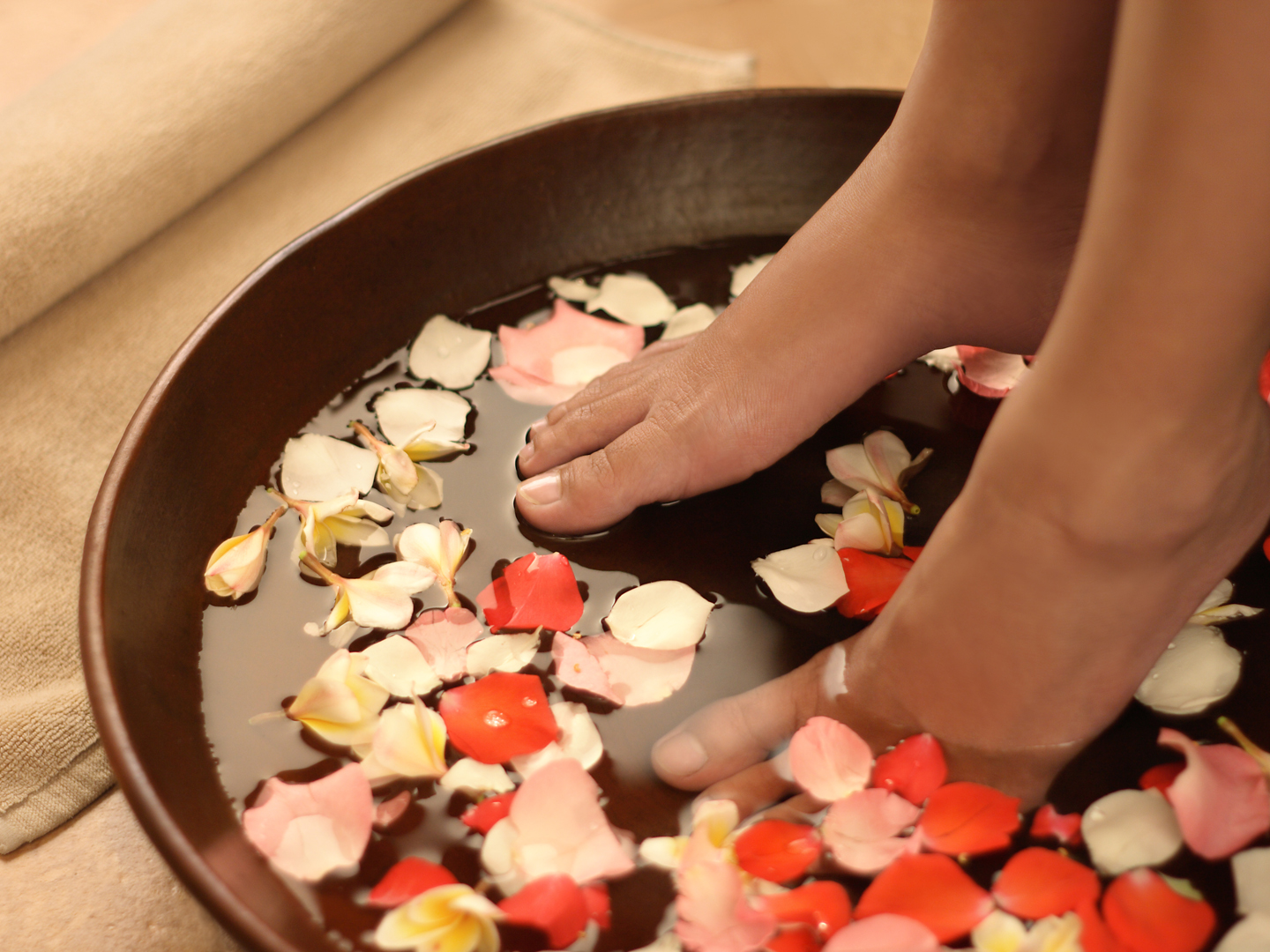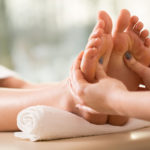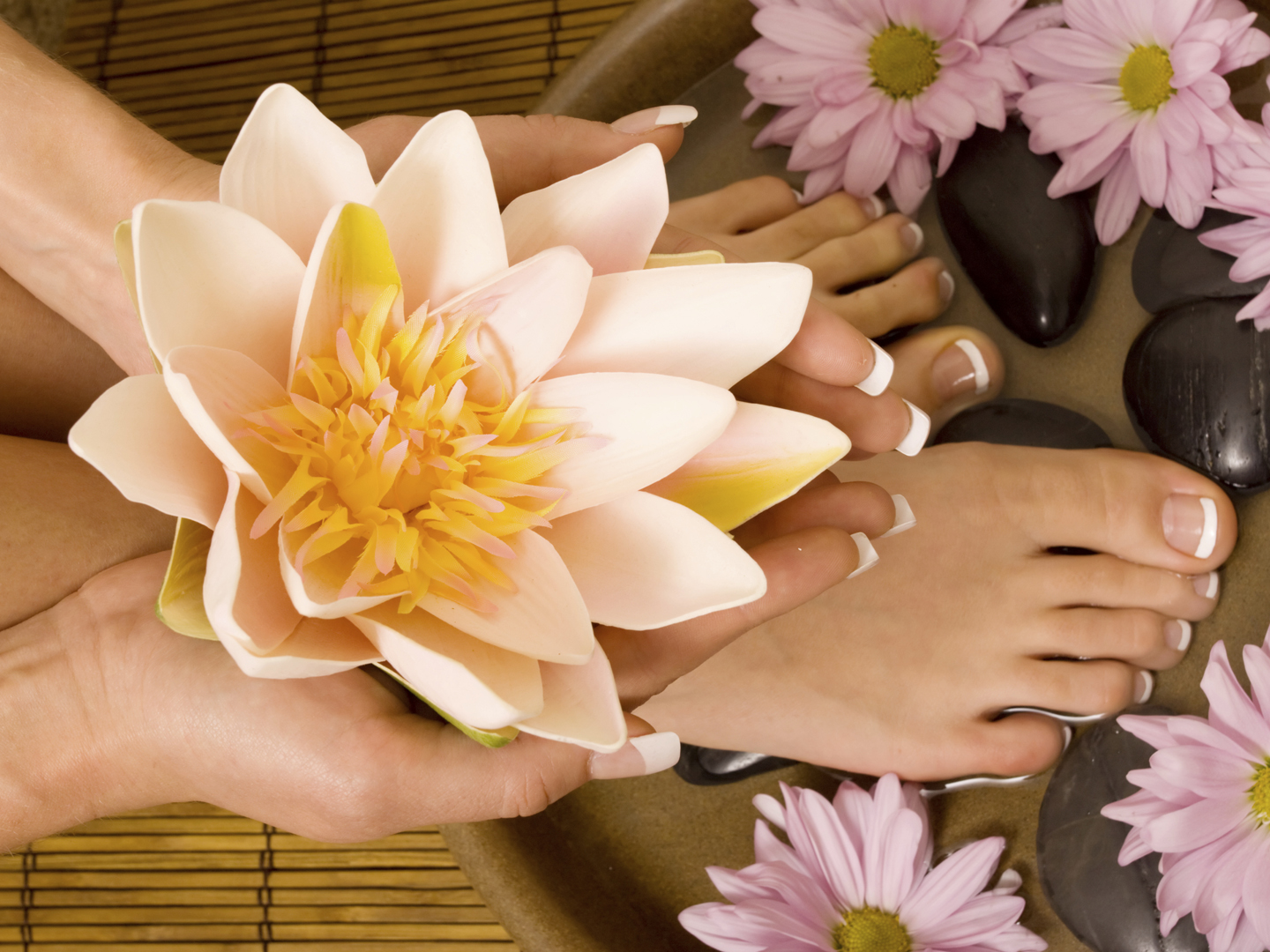Rundown On Running Shoes?
How often are you supposed to replace running shoes or athletic shoes you use for walking? I’ve heard everything from three months to 500 miles. Is there a definitive answer to this question?
Andrew Weil, M.D. | July 4, 2018

With so many people running and walking for exercise these days, you would think this issue has been thoroughly studied. Unfortunately, it has not, but there are a few obvious answers. When your shoes are no longer comfortable, or if your feet hurt when you’re walking or running, it’s probably time to invest in a new pair. Visible signs of wear and tear also should alert you that your shoes are no longer providing adequate protection against injuries.
That said, the American Academy of Podiatric Sports Medicine (AAPSM) advises buying new shoes once the shock-absorbing midsole of your old ones wears out. The AAPSM says you can expect that to happen after 300 TO 500 miles of running or walking or 45 to 60 hours of basketball, aerobic dance or tennis. Other signs: the shoe looks uneven when placed on a flat surface, or you see creasing on the midsole.
Incidentally, the AAPSM warns that athletic shoes can wear out even if you don’t wear them. Depending upon the environment they’re kept in, the materials in the shoes’ outsole, midsole and some upper materials can dry out and won’t function optimally. The organization advises replacing athletic shoes more than a year old whether or not they’re worn out.
When buying new running shoes, The American Orthopaedic Foot & Ankle Society (AOFAS) advises looking for footwear with overall shock absorption for the foot and good heel control, qualities that may help prevent shin splints, tendinitis, heel pain, stress fractures and other overuse problems. If you’re in the market for a walking shoe, the AOFAS suggests looking for one that is lightweight with extra shock absorption in the heel and under the ball of the foot. You also could consider a shoe with a slightly rounded sole or a convex bottom, which can help smoothly shift weight from the heel or toes while decreasing forces across the foot.
Running shoes will last longer if you run on soft surfaces rather than concrete. Other factors to consider are your weight, your running style and how cushioned or lightweight your shoes are. Certainly, don’t let your shoes fall apart. Bear in mind that worn shoes can worsen an existing foot problem and put you at increased risk of injury. When buying new ones, you might consider products made by Vionic that incorporate Orthaheel Technology, which I recommend to help reduce over-pronation and to relieve associated common pains in the heel, knee and back.
Andrew Weil, M.D.












